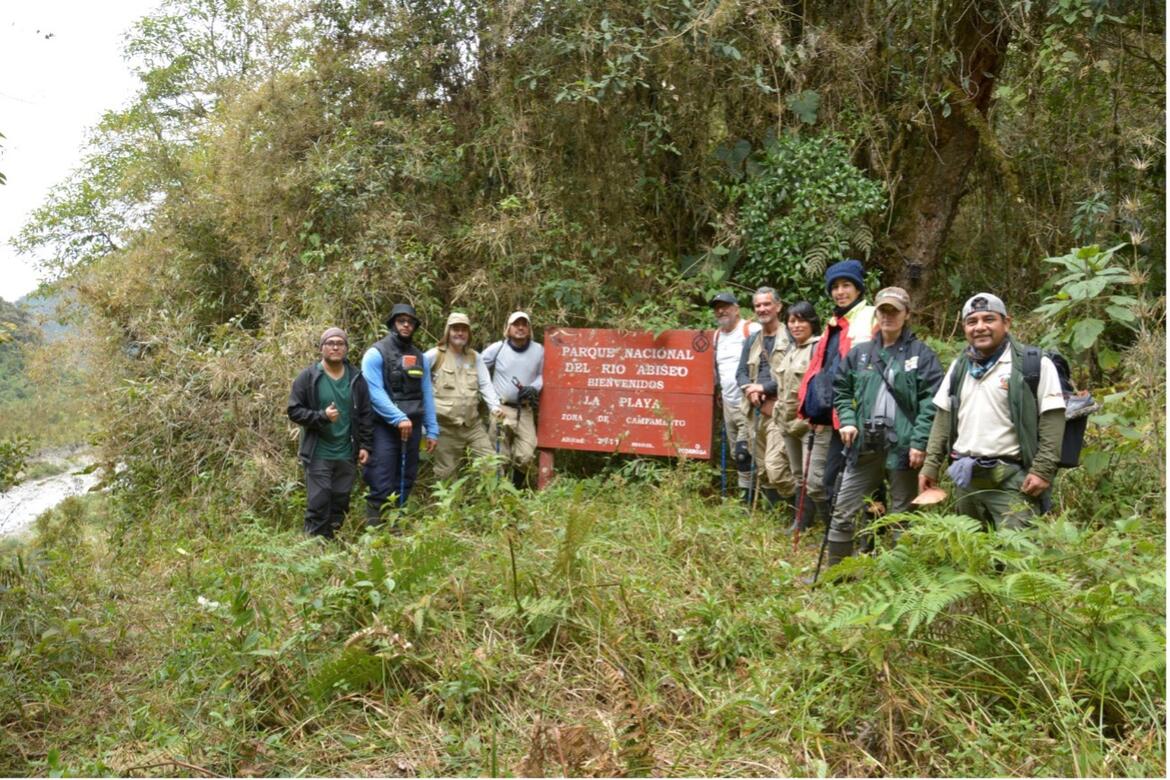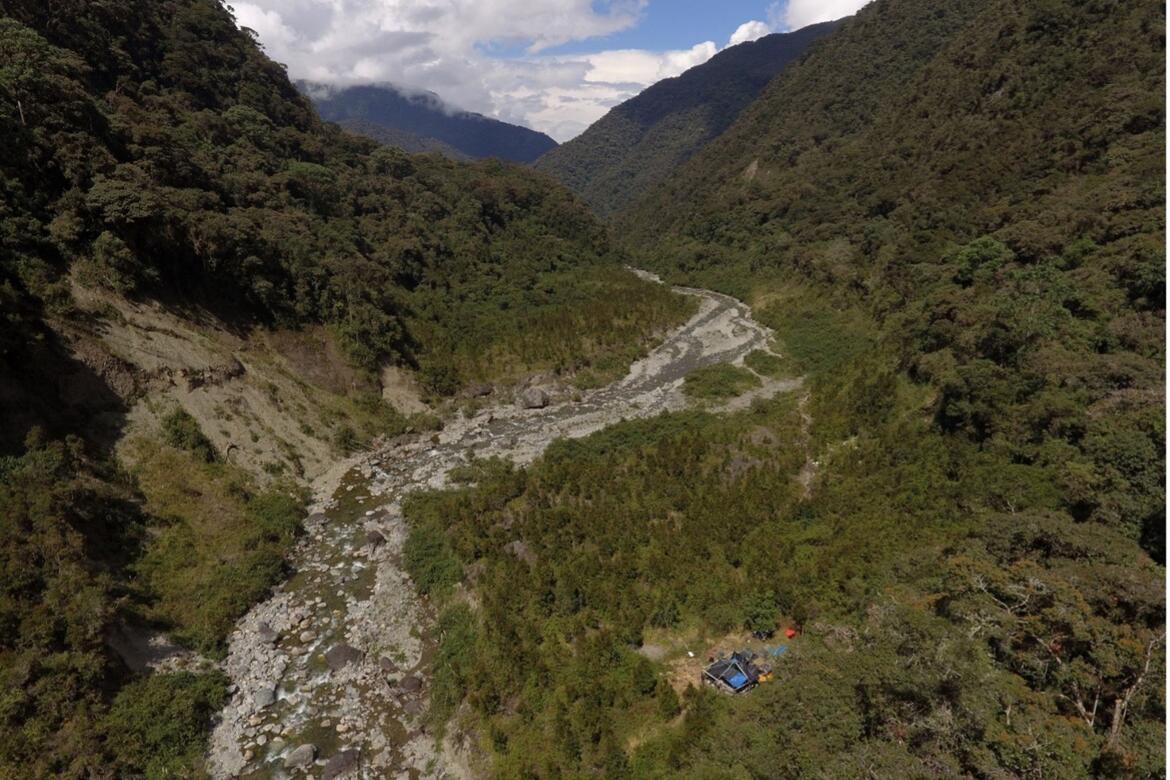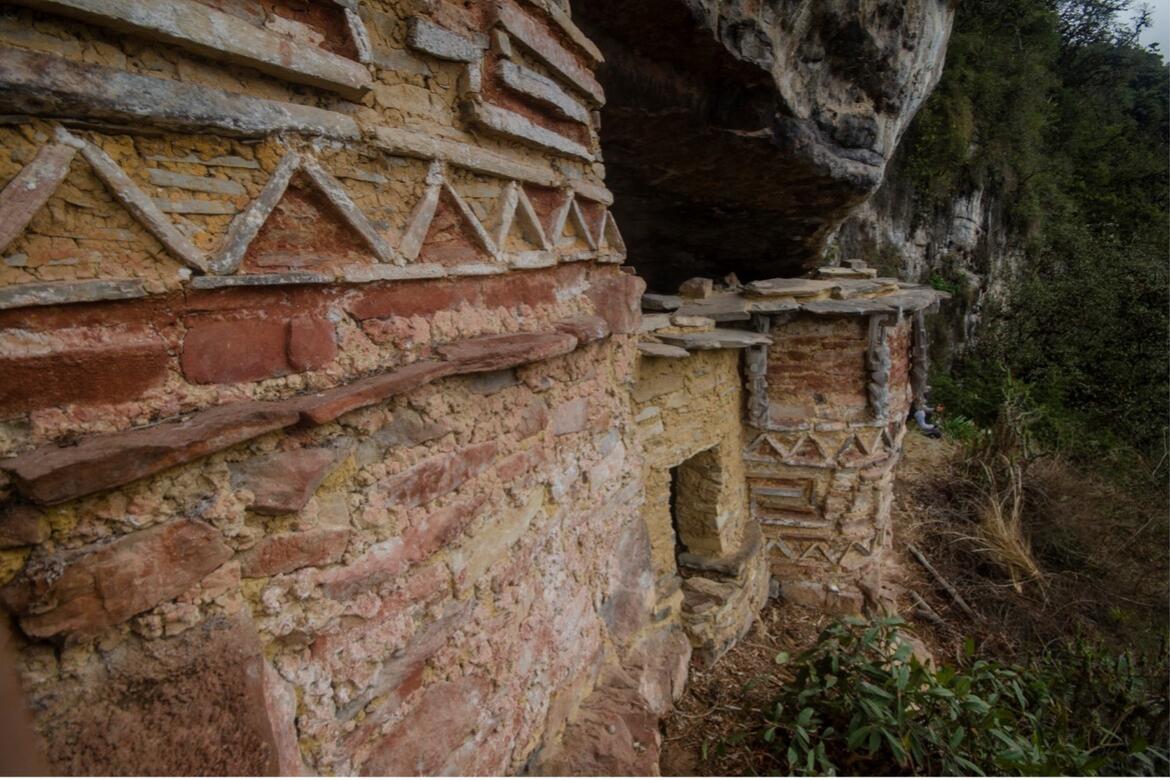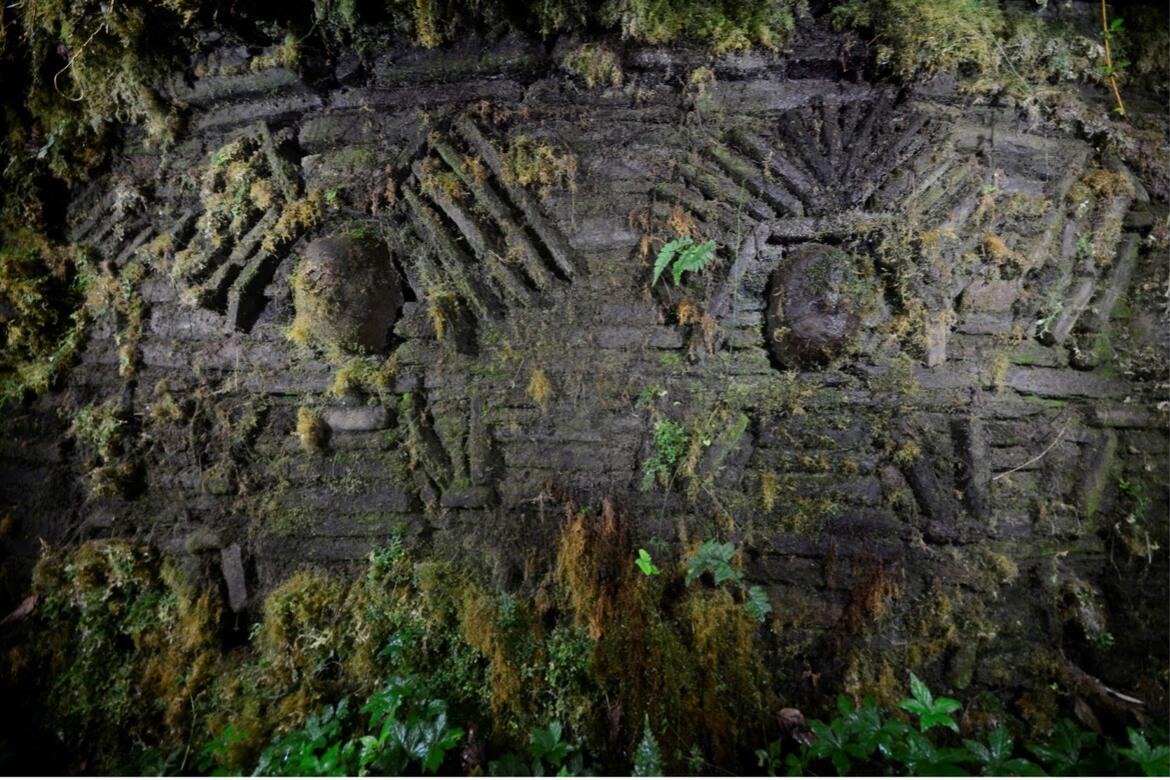Discovering Traces Of The Chachapoyas Civilization at Río Abiseo
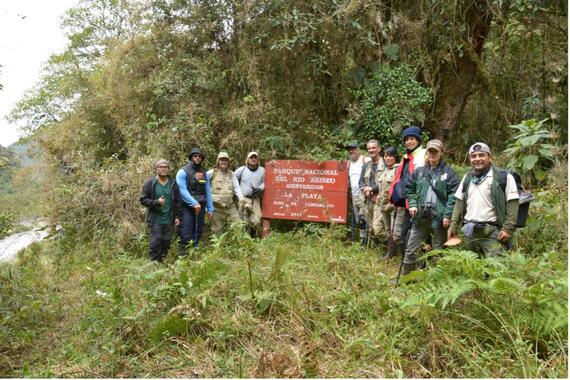
World Monuments Fund (WMF) carried out an expedition in order to organize an archaeological research and conservation project in Río Abiseo National Park (PNRA) in Peru. The goal was to establish an initial diagnosis of the current state of Gran Pajatén, Los Pinchudos, and Cerro Central, sites that represent the highlight of the Historical-Cultural Zone of the PNRA, a mixed World Heritage site. The expedition took place in October 2022 and allowed us to have new points of reference for organizing a scientific research and conservation project with community and environmental components. The expedition was led by the Peruvian archaeologist Alfredo Narváez and had an interdisciplinary group of nine specialists who oversaw its four components.
This expedition enabled the discovery of an important and hitherto unknown section of the pre-Hispanic road that goes through the mountain forest, ending at the starting point of the cold and humid páramo. This path is associated with circular structures, large terraced open spaces, farmland, and burial sites. This site probably connected Pajatén and Pinchudos, possibly confirming the hypothesis of an organized set of settlements. One of the tasks for the future will be exploring this road to Gran Pajatén, defining the road system that was probably also connected to Cerro Central, the largest site.
This project will supplement classic archaeology and conservation work with the use of LiDAR technology, drones, and laser stations for scanning and recording the excavations and structures, both at the Pinchudos burial site and the settlement of Pajatén. The highest quality photographic and video recording is expected.
Similarly, an initial intervention at Cerro Central at the level of exploration and diagnosis will allow us to understand the site’s dimensions, architectural characteristics, conservation problems, and spatial organization in order to plan future interventions. It is estimated that Cerro Central contains an architectural complex of some 200 circular structures that are likely contemporary with Pajatén, a small elite settlement of 17 buildings of great value in the southern territory of the Chachapoyas culture dating back to approximately the eighth century CE.
At the beginning of July, the Ministry of Culture formally approved our intervention. The fieldwork is scheduled to begin in August, with three months in the field and four months of laboratory studies, office work, and report preparation.
PNRA is a mixed heritage site located in the region of San Martín, and we hope to partner with various regional actors. However, access to the park is possible only from the western side, and visitors must undertake two days of travel on mule across the top of the mountain range followed by descent on foot through the cloud forest, with heavy rainfall, steep slopes, rivers, and ravines, in a completely isolated area. The logistical effort required to successfully complete this scientific expedition is considerable and complex. WMF assumes a special commitment to this incredible pre-Hispanic ensemble, one of the two mixed World Heritage sites that Peru currently possesses.
WMF appreciates the support of the National Service for Protected Natural Areas of the Ministry of the Environment (SERNANP) via park management and the Ministry of Culture of Peru via the Directorate of World Heritage Sites. Likewise, the support of local organizations that operate in the buffer zone has been significant. Special mention goes to the UNESCO Chair of the University of Genoa, Adine Gavazzi.
Learn More
World Monuments Fund safeguards cultural heritage around the globe, ensuring our treasured places are preserved for present and future generations.
Sign up for our newsletter to receive regular updates on our projects, stories from the field, upcoming events, and more!

